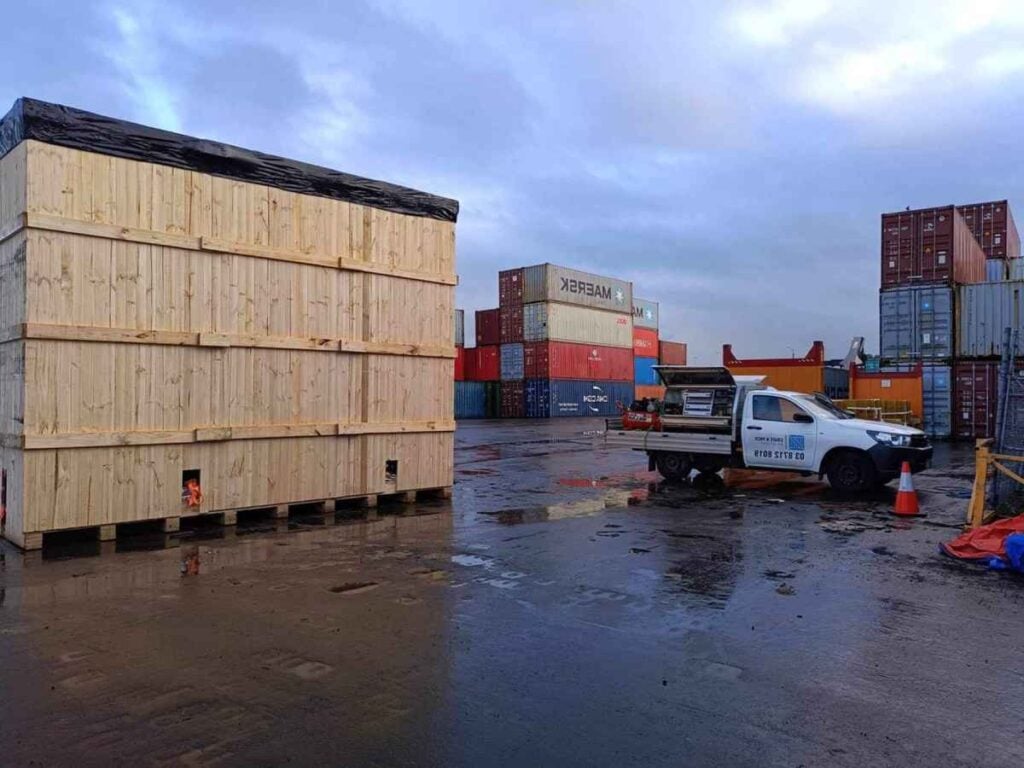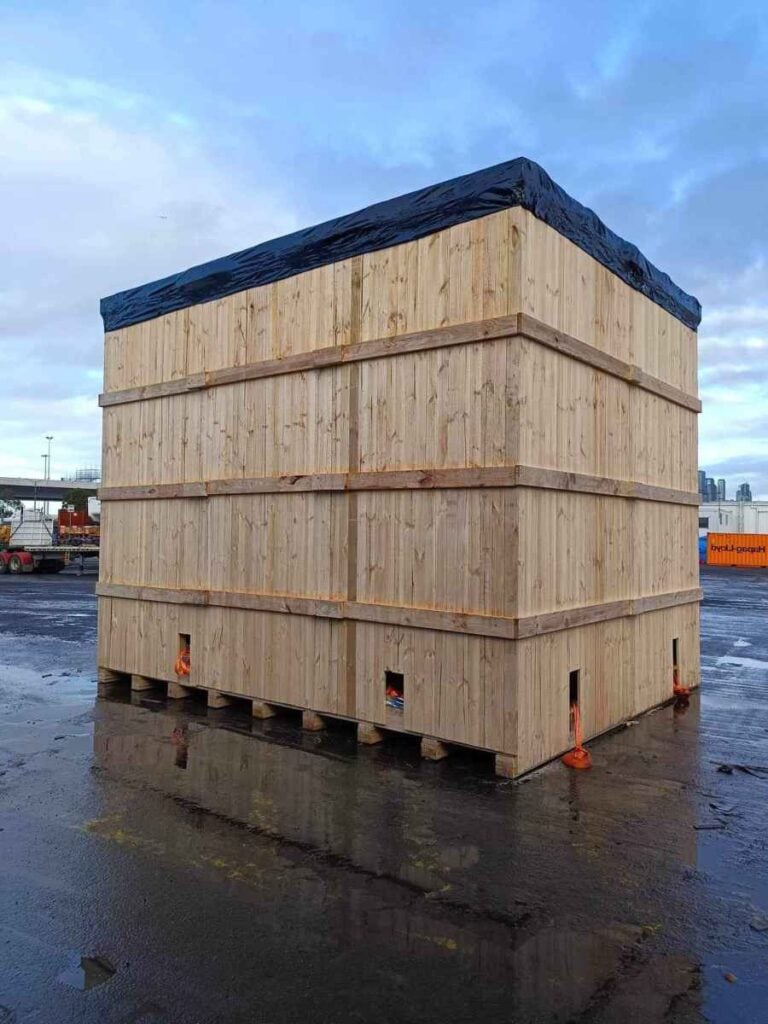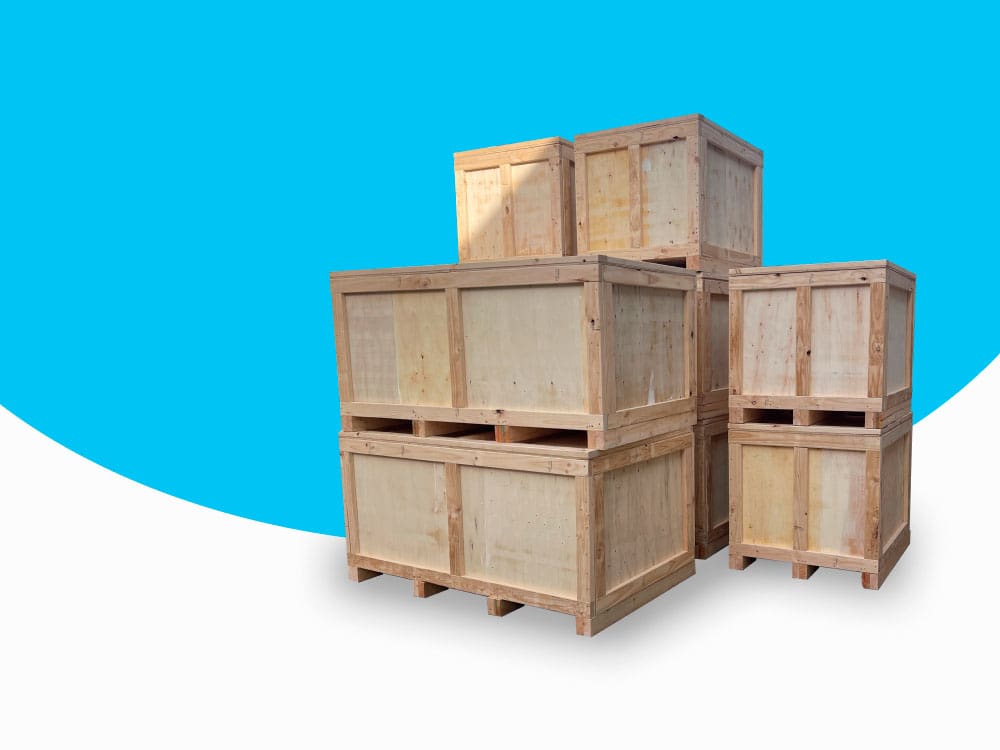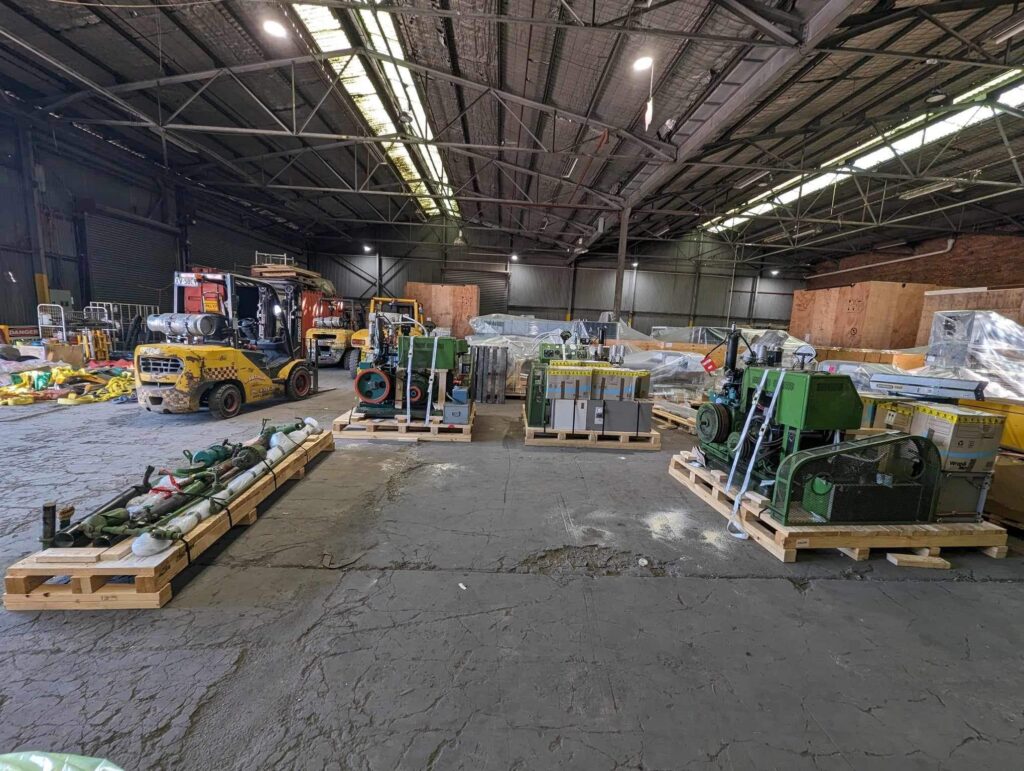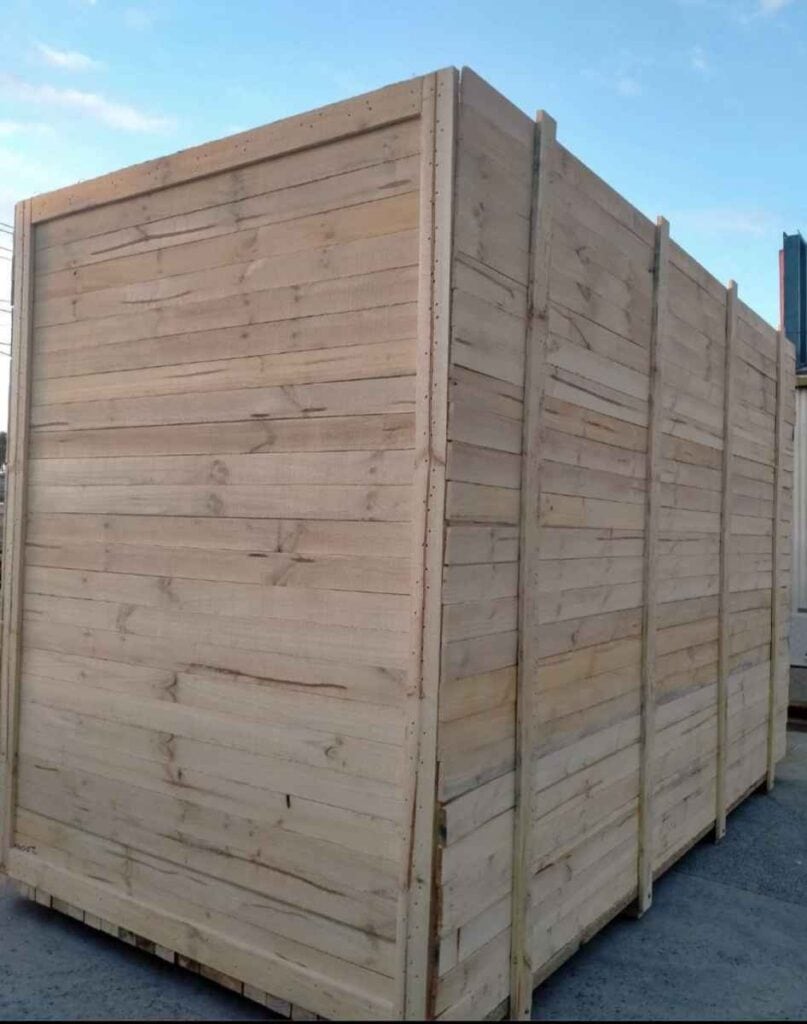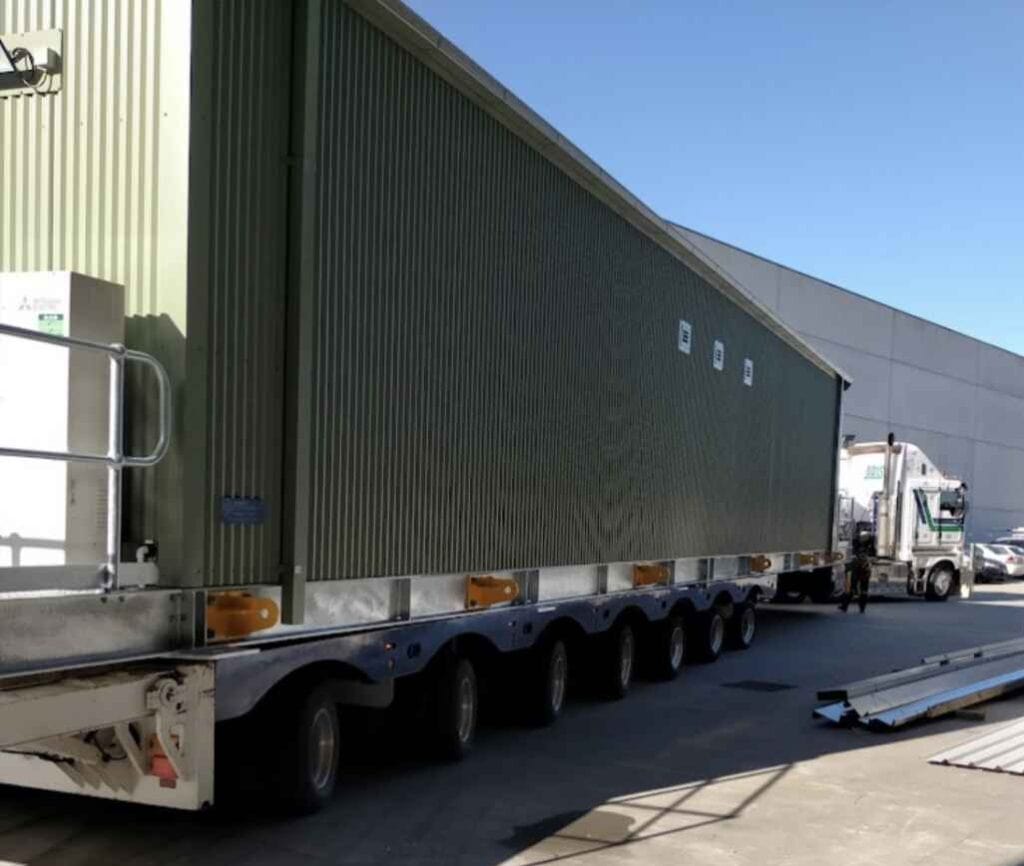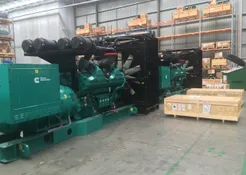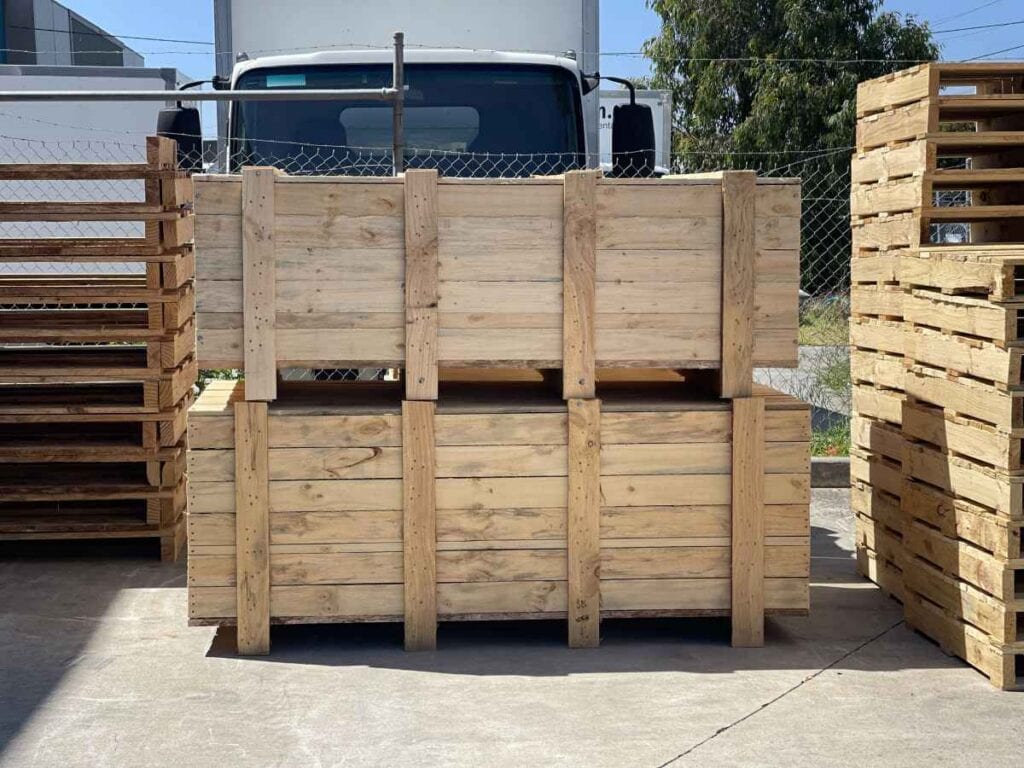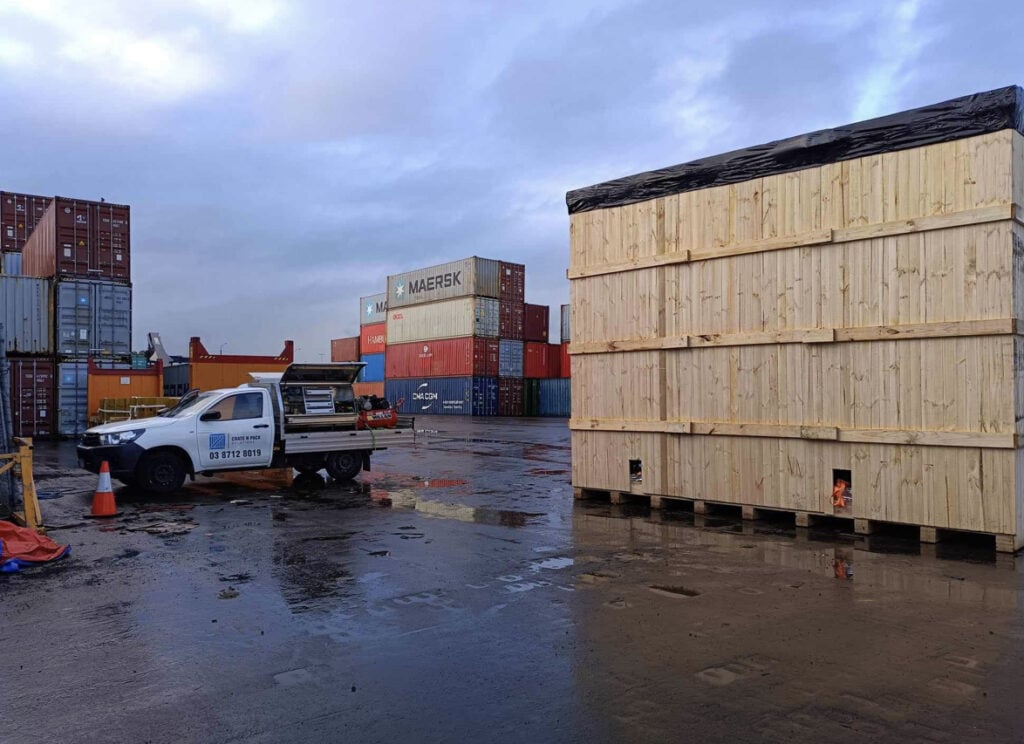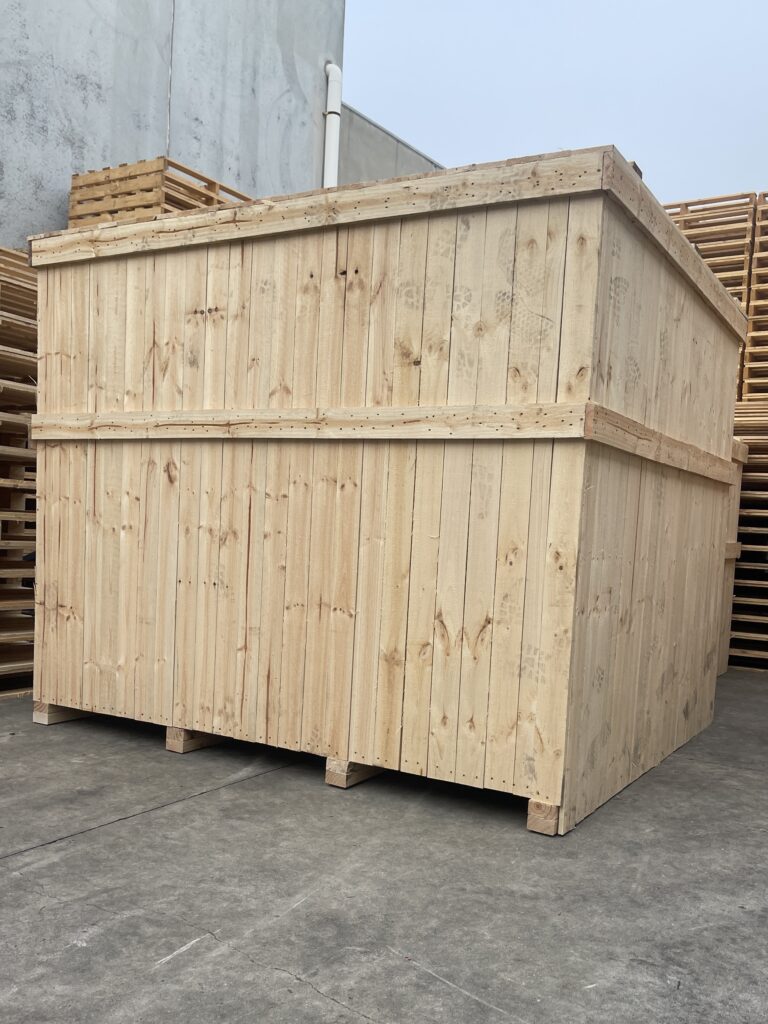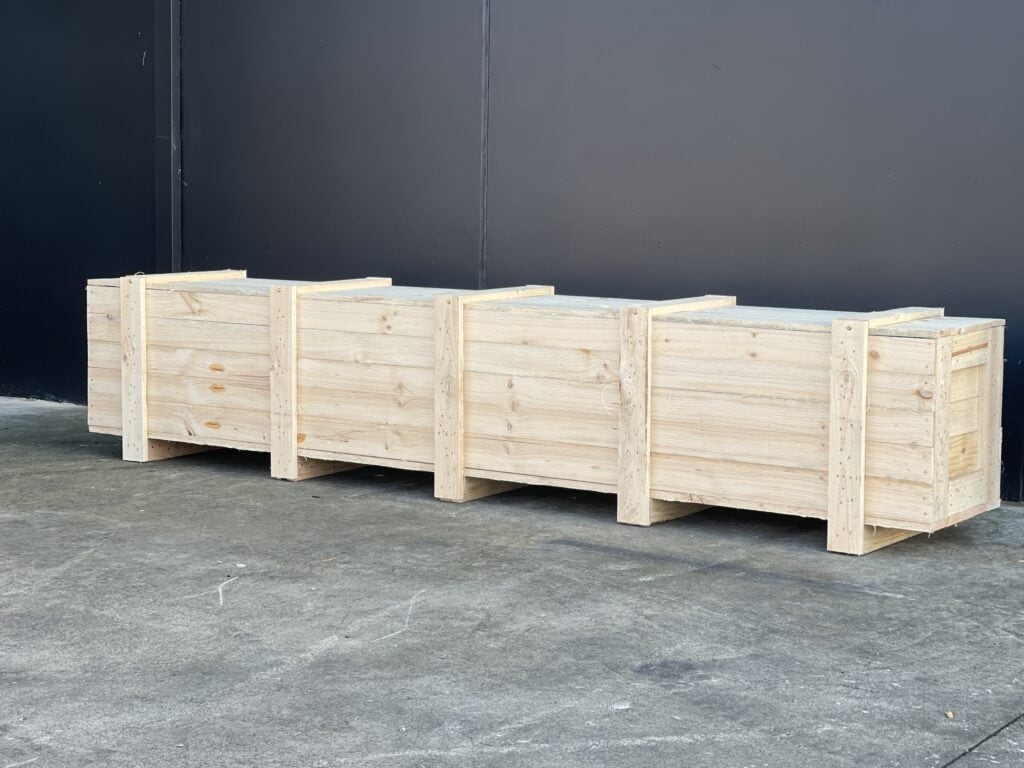In the world of cargo and logistics, ensuring the safe and efficient conveyance of heavy items presents a unique set of obstacles that necessitate meticulous planning, proper packaging, and strategic decision-making.
It is essential to pay close attention to every detail when packaging and transporting weighty objects in order to prevent damage, ensure the safety of both the products and the individuals handling them, and optimise the overall transportation process. This article examines various packing and shipping guidelines for heavy items, including best practises for packaging materials, handling procedures, and transportation considerations.
When loading and transporting heavy products, selecting the proper packaging materials is a crucial initial step. Choose robust and long-lasting materials that can support the load and shield the contents from external forces during transport.
For the protection of heavier items, alternatives such as reinforced cardboard boxes, heavy-duty crates, and specialised shipping containers are excellent.
Additionally, use appropriate cushioning materials, such as foam inserts, packing peanuts, or bubble wrap, to create a protective barrier around the items and mitigate any potential transport-related impacts. Additionally, it is recommended to double-box fragile or expensive weighty items to prevent injury.
It is equally essential to use the proper handling techniques when preparing heavy items for shipment. Reduce the risk of injury to yourself and others when moving and transporting heavy objects by using ergonomic techniques.
Utilise lifting equipment like dollies, pallet jacks, and forklifts to facilitate the movement of large objects, thereby reducing the strain on personnel and protecting both the products and the employees.
In addition, plainly label shipments as "Heavy" or "Fragile" to warn transporters and handlers to use caution during transport. Correctly labelling the items can prevent mishandling and make it easier to despatch heavy items to their destination.
Transport considerations are essential to the successful conveyance of heavy objects. Select a reputable shipper who specialises in transporting bulky and cumbersome products. Some shipping companies provide specialised services for the transport of large goods, ensuring that they are handled carefully and delivered on time. It is essential to provide the carrier with precise weight and dimension measurements to ensure accurate pricing and resource allocation.
Also consider the mode of conveyance; for particularly heavy or oversized items, freight shipping may be the best option. Freight shipping enables the secure transport of heavy items and provides a range of services to meet a variety of requirements, including liftgate delivery and inside delivery.
Things to Consider Packing Heavy Items for Shipping Materials
Durability is essential when selecting packaging materials for heavy products. Use only materials that can withstand harsh handling and are robust enough to safeguard the items. Finding materials that combine aesthetics and durability will allow you to impress your consumers while also protecting your products from harm.
Weight Limits
Royal Mail considers anything over 20 kilograms to be a large package, and other couriers and carriers have their own weight restrictions. Anything weighing more than 30 kilograms must typically be transported using a courier who can transport pallets.
Handling
Consider how your shipment will be managed by couriers. Will it be fork lifted or carried? Will it be piled alongside other weighty objects? This will provide you with helpful insights regarding its protection.
Awareness
Don't neglect to emphasise the weight of the package with a prominent sticker. This will inform your courier that they must move it with extra care, reducing the likelihood of injury or damage.
Do You Need Strong Packaging for Large Items?
When shipping oversized or hefty items, your packaging must be able to withstand abuse. The risk of damage during the delivery of bulky packages is substantially increased because:
Mistreatment or Being Lost
A lack of care during shipping or delivery has less of an impact on lighter items, particularly if you use effective postal packaging. However, heavy items are easily damaged if they are mishandled or dropped, making it all the more crucial to choose sturdy packaging cases.
Excessive Motion
If your large items are improperly carried onto transport vehicles, they may be subject to vibrations or compression from other items in the container. Unprotected packages are also likely to collapse and sustain damage if they are not properly packaged.
Temperature and Moisture
As packages travel from you to your consumers, the surrounding environment undergoes multiple transformations. From being stored, packed, loaded, shipped, and delivered, shipments are exposed to a variety of temperature and humidity fluctuations, which may alter the condition of the contents.
There is a need for adequate packaging to mitigate the effects of these potentially detrimental shipping conditions. So how do you properly store these items?
Tips for Shipping Large Items
Acquire the finest box
Choose a double-walled cardboard carton over a single-walled one for heavier items. A double-walled cardboard carton will be more durable and can provide additional cushioning and support for the contents.
Add abundant cushioning
Use as much packaging and void filling as possible. The better your item's packaging, the less likely it will be damaged in transit. Bubble wrap your item and position it in the box with eco-friendly packing peanuts or paper void fill. This will protect your item and prevent it from shifting during shipment.
Use copious amounts of adhesive and wrap
If you are sending a larger box, do not skimp on the quantity of tape you use. Plenty of tape will prevent the carton from being opened during transport. In addition to providing an additional layer of security, it can also serve to reinforce the box's structure.
Think about containers
Pallets are a viable option for shipping large and heavy items because they provide a stable structure that warehouse equipment can use to lift them. If you are shipping a large item on a pallet, you can also use pallet cover to protect it from the elements and keep it more organised and secure. Crates and Cases are also a great container option.
Be precise
Frequently, the query of how much it costs to ship large items arises. The truth is that it varies depending on the carrier, the destination, and the item. When reserving a courier or shipping large items, you should be as precise as possible in order to receive an accurate estimate. The incorrect information could result in the return of your item or additional fees.
Insurance and monitoring
When shipping large items, you can provide yourself with additional peace of mind by insuring your items and signing up for tracking. You will be able to file a claim for any damages that occur during transport if you have insurance. Tracking also allows you to monitor the journey of your package until it reaches its destination.
Recognise restrictions
Ensure you are familiar with the restrictions associated with sending heavy or oversized shipments. This varies from courier to courier, so a comparison can be helpful. If you are shipping an item internationally, you should also look for any applicable import fees or customs duties.
Benefits of Using Packaging & Packing Material When Shipping Products
If you are a small retailer looking for the best method to package your products, you should have a basic understanding of packaging and packing materials before deciding on the best option for your business. Businesses, especially small and medium-sized ones that cannot afford to lose consumers over trivial matters, must ensure that their products reach their customers safely. In contrast, excessive packaging can result in increased costs, which you may have to pass on to your clients, or decreased revenue if you consume them.
Obtaining containers that are a close fit for your merchandise is the first step in ensuring that you purchase packaging material that is ideal for your product. This will ensure that your products are transported safely. The container should be slightly larger than the product so that it can be wrapped in a shock-absorbing material for added protection.
For example, smaller items can be shipped in a bubble mailer, which is the cheapest, simplest, and quickest method. Small media, accoutrements, and small toys are among the items that can be shipped conveniently with them. However, if the item requires additional cushioning or is fragile, such as jewellery, a compact box should be considered.
Greater than 10-centimeter-thick products should be packaged in a standard cardboard box. Cardboard crates can range in size from lightweight to heavy-duty. Heavier items should be packaged in heavier-duty cardboard, which is typically more expensive but provides superior protection. This is particularly crucial if your company ships fragile or costly items.
Also, keep in mind that the material you choose for your product's packaging is crucial. There are two primary reasons why packing material is so crucial when transporting objects. First, it can absorb any impact or disturbance, and second, it prevents the items from bouncing around in the cardboard during shipping.
The majority of packaging materials consist of bubble wrap and foam. If you lack air-filling equipment, you can purchase pre-filled rolls of bubble wrap. It is ideal for shipping rectangular items such as books, particularly if the item fits correctly and only a single layer of bubble wrap is required. Foam materials, on the other hand, are utilised for enveloping heavy and fragile objects. In general, you can choose between polythene and styrofoam, both of which are excellent for shipping items with an irregular shape because they provide a snug cushion.
Conclusion
Materials for packaging should be strong and last a long time, like reinforced cardboard boxes, heavy-duty crates, and shipping cases made just for that purpose. With cushioning materials like foam inserts, packing peanuts, or bubble wrap, the things can be wrapped in a protective barrier. Putting fragile, expensive, or heavy things in two boxes can keep people from getting hurt.
Handling techniques should be used to reduce the chance of getting hurt and make sure that both the goods and the people handling them are safe. Ergonomic techniques, like using lifting equipment, can make work easier on people and protect both the goods and the people doing the work.
When moving big things, it's important to think about how they will be transported. Choosing a shipper with a good reputation and thinking about the means of transportation, such as freight shipping, can help make sure that heavy items are moved safely and quickly.
Standard packaging for big items is important to avoid mishandling, too much movement, and changes in temperature and moisture during shipping. Proper storage and handling can make sure that the shipping process is safe and runs smoothly.
Shipping big things can be hard, but there are some things you can do to make sure they get there safely.
Remember, Crate n Pack Solutions can offer advice of the best packaging solution that meets your needs and your budget. Give us a call on (03) 8759 1696 or request a quote.
Content Summary
- In the cargo and logistics sector, the conveyance of heavy items requires meticulous planning for optimal safety and efficiency.
- Proper packaging materials are vital for the safe transport of heavy items.
- Reinforced cardboard boxes, heavy-duty crates, and specialised shipping containers are ideal for heavier loads.
- Foam inserts, packing peanuts, and bubble wrap can serve as effective cushioning materials.
- Double-boxing is recommended for fragile or expensive weighty items to enhance protection.
- Proper handling techniques are equally essential for the safe shipment of heavy items.
- Utilising ergonomic techniques can reduce the risk of injury when moving heavy objects.
- Lifting equipment like dollies, pallet jacks, and forklifts can facilitate the movement of large objects.
- Label shipments as "Heavy" or "Fragile" to alert transporters and handlers.
- Accurate labelling can prevent mishandling and simplify the despatch process.
- Choosing a reputable shipper specialising in heavy items is crucial.
- Provide carriers with precise weight and dimension measurements for accurate pricing.
- For particularly heavy or oversized items, freight shipping may be the most suitable option.
- Freight shipping offers additional services like liftgate and inside delivery.
- Durability is a key consideration when selecting packaging materials for heavy items.
- Royal Mail considers packages over 20 kilograms to be large.
- Carriers have their own specific weight restrictions, sometimes requiring a pallet for items over 30 kilograms.
- Consider how the courier will handle your shipment, whether by forklift or hand.
- Prominent stickers indicating weight can inform couriers to handle packages with extra care.
- Sturdy packaging is crucial to withstand potential mistreatment or loss.
- Improperly loaded items can suffer from excessive motion during transit.
- Items are exposed to fluctuations in temperature and moisture during shipping.
- Adequate packaging mitigates the impact of detrimental shipping conditions.
- An extensive selection of packaging materials can help simplify the shipping of large items.
- Choose a double-walled cardboard carton for additional durability and cushioning.
- Abundant cushioning materials can reduce the risk of damage during transit.
- Do not skimp on tape to ensure the box remains securely sealed.
- Pallets provide a stable structure for shipping large and heavy items.
- Pallet covers can offer additional protection against environmental elements.
- Be precise with information to avoid additional shipping fees or returns.
- Insurance and tracking provide extra peace of mind during shipping.
- Familiarise yourself with the courier-specific restrictions for shipping heavy items.
- International shipping may incur additional import fees or customs duties.
- Small retailers should understand various packaging and packing materials to make informed decisions.
- Overpackaging can result in increased costs, which may be passed on to customers.
- Containers should be slightly larger than the product for added protection.
- Bubble mailers are cheap and effective for shipping small items.
- For fragile items like jewellery, consider using a compact box for extra cushioning.
- Items thicker than 10 centimetres should be packaged in standard cardboard boxes.
- Heavier-duty cardboard offers superior protection but may be more expensive.
- The packing material should be capable of absorbing impact.
- Bubble wrap is ideal for shipping rectangular items like books.
- Foam materials can be used for shipping heavy and fragile items.
- Both polythene and styrofoam are effective for shipping items with irregular shapes.
- Packing material prevents items from moving excessively during shipping.
- Businesses must ensure their products reach customers safely to maintain trust.
- For small and medium-sized businesses, the choice of packaging can affect consumer retention.
- Careful packaging reduces the risk of injury for both products and personnel.
- Packaging serves multiple purposes, including protection and customer impression.
- An understanding of the best practices for shipping heavy items can streamline your logistics and improve your business operations.
Frequently Asked Questions
Packaging is the protector of the product within.It protects the product from physical impacts such as hitting, wetting, and bruising. Packaging allows for the product to reach the consumer in the most economic way possible and creates ease of storage.
It provides a proper haven during shipping and storage that reduces the likelihood of spoilage or destruction. Chosen well and used correctly, packaging helps protect against: Damage caused by dropping, crushing, collision or vibration. Environmental influences like temperature, humidity, light, dirt and dust.
If you are moving or own a business that deals with large, fragile, and heavy items, your best option is large heavy-duty cardboard boxes. A heavy cardboard box can handle more weight than standard cardboard boxes and ensure your items are safely delivered to their location.
Using high-quality packaging materials can reduce the risk of breakage. Custom-designed inserts can effectively showcase a product while providing practical protection during storage, transit, and display. Personalization: For a package to be unique, it can be customized to customers' tastes to give it a luxury feel.
Without it, the industry would simply not exist. The shipping industry is responsible for transporting and delivering more than 95% of global trade by volume—roughly 11 billion tons annually.

